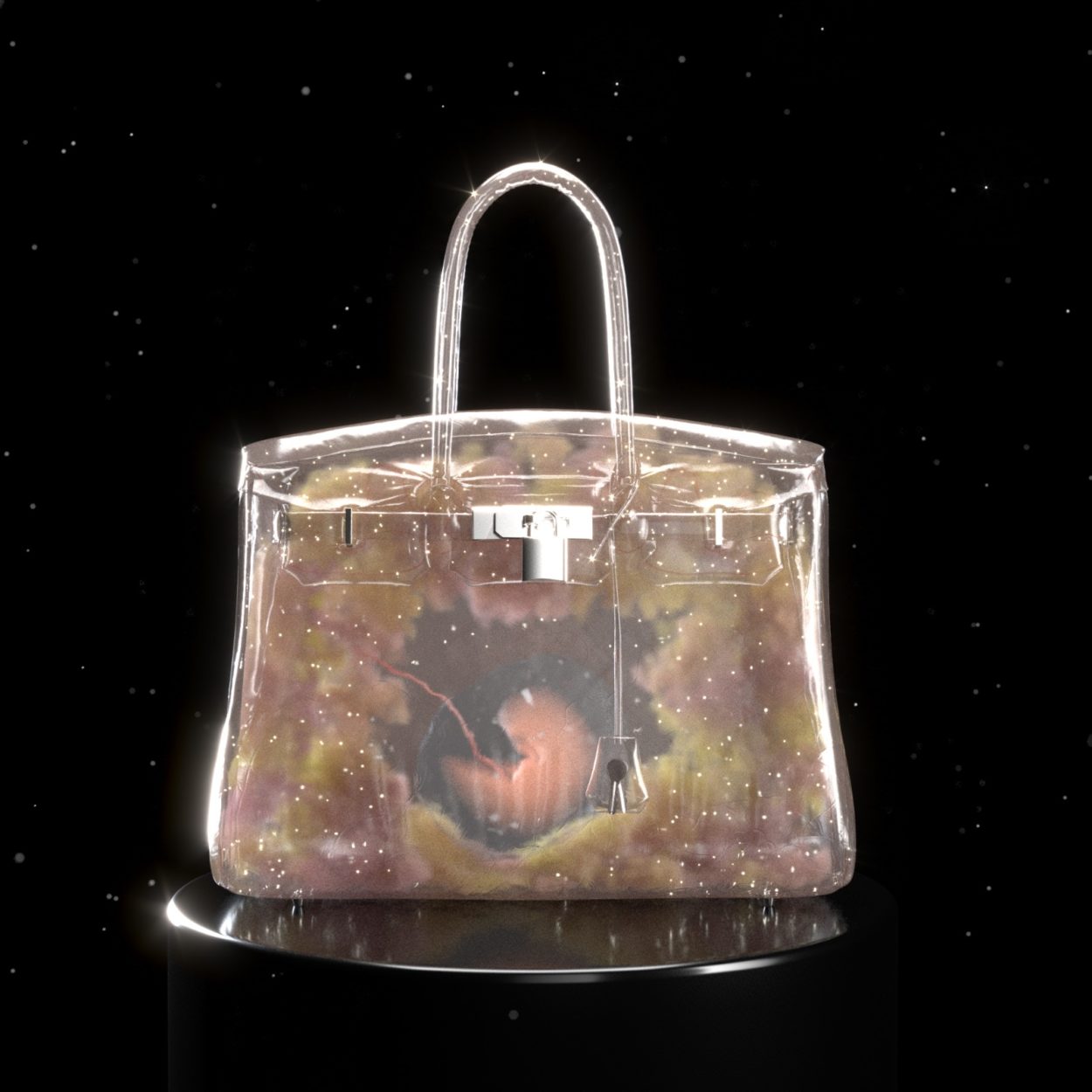The Download: After a meteoric rise, new data suggests the NFT market has come back down to earth. (For the uninitiated, NFTs, or non-fungible tokens, are digital assets that represent a wide range of tangible and intangible items, from memes and collectible sports highlights to virtual art and furniture. Each one is individually identified on a blockchain, the most popular being Ethereum.)
Why it Matters: The NFT and crypto frenzies have dominated the news this year. Following Bitcoin’s lead—the digital currency has plunged as much as 50 percent off of its highs—the NFT market has imploded over the past month. Peaking on May 3, when single-day NFT sales came in at $102 million, total sales for the past week combined totaled $19.4 million—a nearly 90 percent drop—according to data analyzed by crypto news outlet Protos.
After some splashy headlines at the beginning of the year—most notably Beeple‘s work Everydays: The First 5000 Days auctioning for $69 million at Christie’s, the first NFT to be sold at a major auction house—crypto-art is now bearing the worst of the freefall. The sector is being outsold by NFTs linked to the so-called “metaverse” such as digital real estate and other virtual artifacts, as well as sports memorabilia. Overall, the data suggest that the NFT bubble lasted all of four months.
Surface Says: NFTs have been polarizing since first entering mainstream consciousness toward the end of 2020, and there’s still a lot of confusion surrounding the concept. But before you go boasting to your blockchain friends that NFTs are the new Pogs, we suggest catching up with Gartner Research’s Hype Cycle, which charts the maturity, adoption, and social applications of new technologies. Or just reference the infamous 1994 Today Show segment in which Katie Couric, Bryant Gumbel, and Elizabeth Vargas try to figure out what the internet is. Buy the dip?

